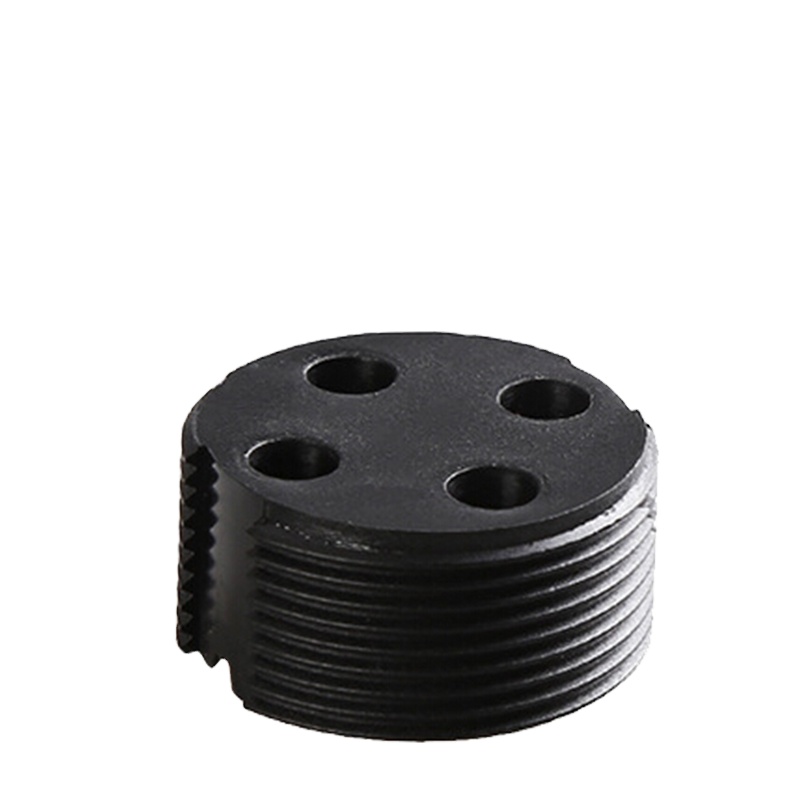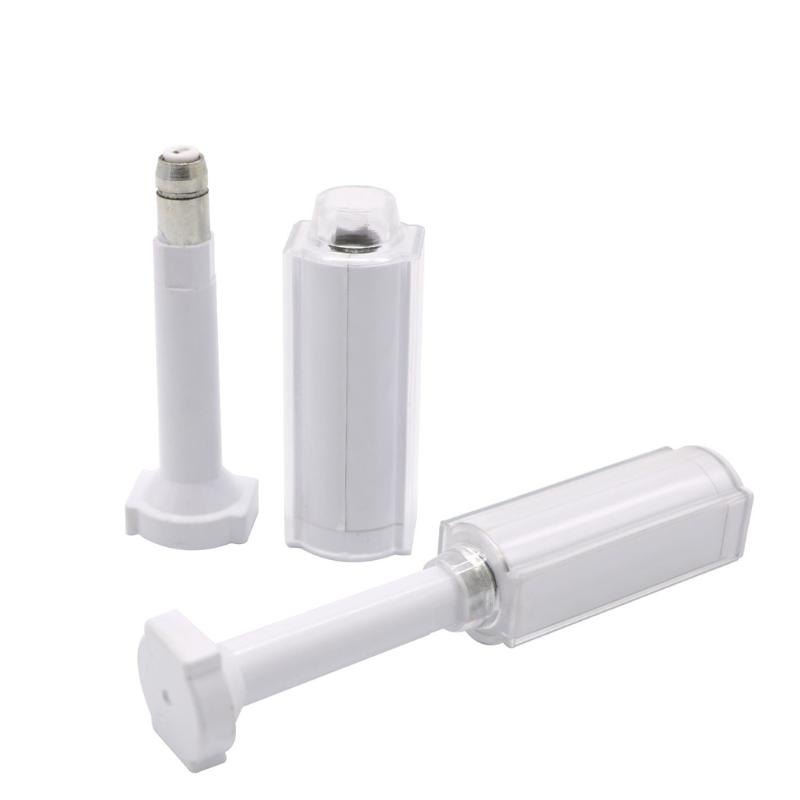
הבנת היתרונות של תגי RFID בניהול מלאי
תוֹכֶן הָעִניָנִים
כיצד טכנולוגיית RFID מחוללת מהפכה בדיוק, ביעילות ובנראות של המלאי
טכנולוגיית RFID מאפשרת לעסקים לבצע מעקב אוטומטי אחר המלאי, לשפר את הדיוק ולהשיג נראות בזמן אמת לאורך כל שרשרת האספקה — ממדפי המחסן ועד לחנויות הקמעונאיות.
במאמר זה, נבחן כיצד תגי RFID במלאי עבודת הניהול והיתרונות העיקריים שלה.

מה הם תגי RFID?
תגי RFID הם מכשירים קטנים ואלחוטיים המאחסנים נתונים על הפריטים אליהם הם מחוברים. הם מכילים שבב מיקרו ואנטנה המתקשרים עם קוראי RFID באמצעות גלי רדיו — ללא צורך בקו ראייה.
ישנם שלושה סוגים עיקריים:
- תגי RFID פסיביים – ללא סוללה; מופעלים על ידי אותות הקורא (אידיאליים למלאי)
- תגי RFID פעילים – מופעלים באמצעות סוללה, בעלי טווח ארוך יותר ומאפשרים מעקב בזמן אמת
- חצי-פסיבי (BAP) – בסיוע סוללה; משמש לניטור ייעודי (למשל, טמפרטורה)
במערכות מלאי, תגי UHF (תדר גבוה במיוחד) פסיביים הם הנפוצים ביותר בשל טווח הקריאה הארוך שלהם, יכולות הסריקה ההמונית ועלותם הנמוכה לכל תג.

היתרונות העיקריים של שימוש בתגי RFID בניהול מלאי
טכנולוגיית RFID (זיהוי בתדר רדיו) שינתה את כללי המשחק בתחום ניהול המלאי, והיא מציעה אוטומציה, דיוק ומהירות העולים בהרבה על שיטות מסורתיות כמו ברקודים או רישומים ידניים. להלן היתרונות העיקריים שמביאה טכנולוגיית RFID לתפעול המלאי בתעשיות שונות:
1. נראות מלאי בזמן אמת
RFID מעדכן את נתוני המלאי באופן אוטומטי ובזמן אמת, כאשר המוצרים עוברים במתקן שלכם. בניגוד לברקודים, הדורשים קו ראייה ישיר וסריקה ידנית, תגי RFID במלאי ניתנים לקריאה אלחוטית ממרחק של כמה מטרים, אפילו בכמויות גדולות.
מדוע זה חשוב:
- איתור מיידי של פריטים במחסנים או בחנויות קמעונאיות
- עקבו אחר רמות המלאי באופן רציף ללא ספירות ידניות
- אפשר חידוש מלאי בדיוק בזמן (JIT) והפחת את ההון החוזר
פְּגִיעָה: מפחית את נקודות התורפה בשרשרת האספקה ומספק תמונת מצב עדכנית של המלאי במספר מיקומים.
2. דיוק מוגבר במלאי
שגיאות בהזנה ידנית ופספוס סריקות מובילים לרמות מלאי שגויות, סחורה שאבדה והזמנות חוזרות יקרות. RFID משפר את דיוק המלאי ליותר מ-95–99%, נתון גבוה משמעותית מזה של מערכות מסורתיות המבוססות על ברקודים.
ההטבות כוללות:
- פחות מחיקות מלאי והתאמות
- ביצוע הזמנות מדויק יותר
- צמצום מקרים של “חוסר במלאי” ו“מלאי פנטום”
דיוק גבוה מסייע לך לקבל החלטות מבוססות נתונים בנוגע לרכישות, חידוש מלאי ושימוש בשטח המחסן.
3. ספירות מלאי וסיבובים מהירים יותר
RFID מאיץ באופן דרמטי את ביצוע ביקורות המלאי. הצוות יכול לעבור בין המעברים עם קורא כף יד ולסרוק אלפי פריטים בתוך דקות, מבלי לפתוח ארגזים או לסרוק כל תווית בנפרד.
בהשוואה לברקוד:
- 80% ספירת מלאי מהירה יותר
- הפחתת עלויות כוח אדם וטעויות ידניות
- מאפשר ספירות מחזור תכופות יותר, ומשפר את מצב המלאי לאורך כל השנה
יעילות זו מובילה לפעילות יעילה יותר ולתגובה גמישה יותר לשינויים בביקוש.
4. שיפור היעילות במחסן
RFID מאפשר שליטה טובה יותר בתנועות המלאי הנכנסות, היוצאות והפנימיות:
- נכנס: התגים נסרקים עם ההגעה לצורך ביצוע צ'ק-אין אוטומטי
- אחסון: הסחורה ממוקמת באזורים המסומנים בתוויות RFID, מה שמאפשר איתור מהיר.
- יוצא: הזמנות שנבחרו ונארזו מאומתות באמצעות RFID, מה שמפחית את מספר המשלוחים השגויים.
RFID מסייע באוטומציה של תהליכים אלה עם פחות מגעים ופחות מקום לטעויות, מה שמקצר את זמן התגובה ומייעל את הפעולות.
5. מניעת אובדן ואבטחת נכסים
תגי RFID במלאי מסייעים במעקב אחר פריטים יקרי ערך או פריטים שאובדים לעתים קרובות, ומשפרים את האחריות. קוראי שערים או מערכות בקרה יכולים להפעיל התראות כאשר מתרחשת תנועה לא מורשית.
ניתן גם לעקוב אחר:
- שימוש בכלים במפעלים
- תאריכי תפוגה באחסון רפואי/פרמצבטי
- סטטוס תחזוקת נכסים הניתנים להחזרה (למשל, ארגזים, כלים, ציוד)
RFID מוסיף שכבת נראות ואיתור בזמן אמת, ומצמצם את הכמות וההפסדים.
6. מדרגיות וניהול אתרים מרובים
מערכות RFID ניתנות להרחבה בקלות בין מתקנים, מחסנים, חנויות ואזורים גיאוגרפיים. באמצעות פלטפורמות מלאי מבוססות ענן, תוכלו לעקוב אחר נכסים במיקומים שונים בזמן אמת ממרכז בקרה מרכזי.
אידיאלי עבור:
- רשתות קמעונאיות עם מספר חנויות
- ספקי 3PL המנהלים מלאי מבוזר
- שרשראות אספקה גלובליות עם צרכי מעקב חוצה גבולות
נראות מרכזית מובילה לתיאום הדוק יותר ולתחזיות מדויקות יותר.
7. שילוב עם מערכות ERP ו-WMS
פלטפורמות RFID מודרניות משתלבות ישירות עם פלטפורמות ERP (תכנון משאבי ארגון), WMS (מערכות ניהול מחסנים) ו-POS (נקודת מכירה).
מה זה מאפשר:
- עדכון אוטומטי של רמות המלאי במערכת ה-ERP שלך
- הזמנות חוזרות באופן אוטומטי כאשר המלאי יורד
- דיווח בזמן אמת וניתוח חיזוי
שילוב זה יוצר זרימה חלקה של נתונים המניעה אוטומציה, תובנות ומידע תפעולי.
8. חיסכון בעלויות לאורך זמן
אמנם טכנולוגיית RFID דורשת השקעה ראשונית בתגים, בקוראים ובתוכנה, אך היא מחזירה את ההשקעה במהירות באמצעות היתרונות הבאים:
- עלויות עבודה נמוכות יותר
- פחות טעויות משלוח
- הפחתת עלויות אחזקת המלאי
- שיפור שביעות רצון הלקוחות בזכות ביצוע טוב יותר
עבור עסקים רבים, טכנולוגיית RFID מספקת החזר השקעה חיובי בתוך 12–24 חודשים, במיוחד בענפים עם נפחי SKU גבוהים או לוגיסטיקה מורכבת.
תעשיות המנצלות תגי RFID לבקרת מלאי
מערכות RFID ניתנות להרחבה בקלות בין מתקנים, מחסנים, חנויות ואזורים גיאוגרפיים. באמצעות פלטפורמות מלאי מבוססות ענן, תוכלו לעקוב אחר נכסים במיקומים שונים בזמן אמת ממרכז בקרה מרכזי.
אידיאלי עבור:
- רשתות קמעונאיות עם מספר חנויות
- ספקי 3PL המנהלים מלאי מבוזר
- שרשראות אספקה גלובליות עם צרכי מעקב חוצה גבולות
נראות מרכזית מובילה לתיאום הדוק יותר ולתחזיות מדויקות יותר.
קמעונאות ואופנה
מקרי שימוש:
- תיוג ברמת הפריט על בגדים, אביזרים ומוצרי אלקטרוניקה
- התראות אוטומטיות על חידוש מלאי
- נראות מלאי רב-ערוצית
- מניעת גניבות באמצעות מערכות EAS התומכות ב-RFID
הטבות:
- מגיע לדיוק מלאי של עד 99%
- מפחית מקרים של חוסר במלאי
- משפר את שביעות רצון הלקוחות בזכות זמינות בזמן אמת
- מאפשר ביצוע מהיר של ביקורות מלאי וחידוש מלאי המדפים
דוּגמָה: מותגי אופנה מובילים משתמשים בתגיות UHF RFID כדי לעקוב אחר פריטים מהמחסן ועד לקופה, ובכך משפרים את המכירות במחיר מלא ומצמצמים את ההנחות.
לוגיסטיקה ו-3PL (לוגיסטיקה של צד שלישי)
מקרי שימוש:
- מעקב אחר משטחים, קרטונים ופריטי הובלה הניתנים להחזרה
- אימות משלוחים במהלך תהליכי קבלה/שליחה
- נראות מלאי בזמן אמת בכל המחסנים
- שערי RFID בדלתות הרציפים לסריקה אוטומטית
הטבות:
- מפחית טעויות משלוח וסריקה ידנית
- משפר את דיוק הליקוט/האריזה ואת זמן התפנית
- מייעל את ניצול השטח והעבודה
- משפר את יכולת המעקב לאורך כל שרשרת האספקה
דוּגמָה: חברת לוגיסטיקה יכולה להשתמש במזרנים עם תגי RFID ובקוראי שערים כדי לאמת את דיוק הטעינה מבלי לסרוק כל פריט באופן ידני.
ייצור ותעשייה
מקרי שימוש:
- מעקב אחר עבודה בתהליך (WIP)
- ניהול רכיבים וכלים
- מלאי חומרי גלם וחלקים חילוף
- לוחות זמנים לתחזוקה ותיוג תאימות
הטבות:
- מעקב אחר פריטים בכל שלב של הייצור
- אוטומציה של חידוש חומרים בקווי הייצור
- מפחית את זמן ההשבתה עקב כלים חסרים או שלא נמצאים במקומם
- תומך בייצור רזה וביוזמות Six Sigma
דוּגמָה: יצרני רכב משתמשים בתגי RFID עמידים כדי לפקח על חלקים מההרכבה ועד המשלוח, ובכך משפרים את יכולת המעקב ומצמצמים את כמות הפסולת.
בריאות ותרופות
מקרי שימוש:
- בקרת מלאי עבור ציוד רפואי ותרופות
- תאריך תפוגה ומעקב אחר אצוות
- מעקב אחר מכשירים כירורגיים וניטור סטריליזציה
- ניהול מלאי ספציפי למטופל
הטבות:
- משפר את הדיוק והבטיחות בטיפול במלאי
- מונע עודפים ומחסור במלאי של פריטים חיוניים
- מבטיח עמידה בתקנות (FDA, HIPAA)
- מעקב אחר השימוש במלאי בעל ערך גבוה ורגיש לטמפרטורה
דוּגמָה: בתי חולים משתמשים בארונות RFID כדי לעקוב באופן אוטומטי אחר חלוקת והחזרת כלי ניתוח ותרופות.
תעופה וחלל
מקרי שימוש:
- מעקב אחר חלקי מטוסים וכלים
- מלאי של חומרים מתכלים ורכיבי שירות
- מעקב אחר לוחות זמנים לתחזוקה
- ניהול ארגזים ומכולות הניתנים להחזרה
הטבות:
- תומך בדרישות תחזוקה ובטיחות מחמירות
- מפחית את הסיכון לאי התאמה או מיקום שגוי של חלקים
- מגביר את הנראות של המלאי בשדות תעופה, בהאנגרים ובמחסנים
- מאיץ את תהליכי הביקורת לצורך עמידה בדרישות הרגולטוריות
דוּגמָה: חברות תעופה מסמנות רכיבי מטוסים באמצעות RFID כדי לייעל את הבדיקות, לשפר את זמן התפנית ולעמוד בתקני רשות התעופה.
אירוח ואירועים
מקרי שימוש:
- מעקב אחר מצעים ומדים
- ניהול מלאי מיני בר
- צמידי RFID לפסטיבלים או אתרי נופש
- מלאי שירותי אירוח ואוכל לאורחים
הטבות:
- מונע אובדן או גניבה של פריטים רב-פעמיים
- מאיץ את שירות החדרים ומילוי המלאי
- תומך בתשלומים ללא מזומן ובבקרת גישה באירועים
- מספק חוויות אורחים מותאמות אישית באמצעות נתוני שימוש
דוּגמָה: רשת מלונות משתמשת בטכנולוגיית RFID לניהול מחזוריות המגבות והמצעים, מה שמפחית את עלויות ההחלפה ומשפר את יעילות שירותי הניקיון.
חינוך וספריות
מקרי שימוש:
- מעקב אחר ספרים, מדיה וחומרי לימוד
- מעקב אחר מלאי המעבדה וציוד מדעי
- לוקרים ומחסנים הנשלטים באמצעות כרטיסי RFID
- ניהול נכסים עבור טאבלטים, מחשבים ניידים וציוד AV
הטבות:
- מונע אובדן או גניבה של פריטים יקרי ערך
- משפר את מהירות הצ'ק-אין/צ'ק-אאוט
- מאפשר דוחות מלאי מדויקים למנהלי בתי ספר
- מקצר את הזמן המושקע בניהול חומרים
דוּגמָה: ספריות משתמשות בספרים ובקיוסקים עם תגי RFID כדי לאפשר ביצוע צ'ק-אאוט עצמי והחזרות מהירות, תוך הפחתת עומס העבודה על הצוות.
שימושים אמיתיים בתגי RFID במלאי
וולמארט – ניהול קמעונאי בזמן אמת
וולמארט משתמשת בתגי RFID כדי לעקוב אחר מוצרים בחנויות ובמחסנים. כך מובטחת זמינות המלאי, נמנעת הצטברות עודפת של מלאי ומשתפרת דיוק המדפים.
בואינג – מעקב אחר רכיבי חלל
בואינג משלבת RFID בשרשרת האספקה שלה כדי לעקוב אחר חלקים בכל קווי הייצור, לשפר את היעילות, לצמצם את זמן ההשבתה ולמנוע אובדן רכיבים.
Kaiser Permanente – בקרת מלאי בתחום הבריאות
Kaiser משתמשת בטכנולוגיית RFID כדי לפקח על ציוד רפואי ותרופות בזמן אמת, להבטיח זמינות, להפחית בזבוז ולהגביר את בטיחות המטופלים.
בחירת התג RFID הנכון במלאי
בעת בחירת תג RFID, יש לקחת בחשבון את הדברים הבאים:
- תדירות וטווח נדרשים
- תנאי סביבה (מתכת, נוזלים, טמפרטורה)
- תקציב והיקף הפריסה
- שיטת הרכבה (דבק, מוטמע, אנטי-מתכת)
- רמת אבטחה ושילוב עם מערכות קיימות
זקוק לעזרה בבחירת התגית המתאימה? צרו איתנו קשר לקבלת ייעוץ מקצועי
אתגרים נפוצים וכיצד להתגבר עליהם
הפרעות איתות
מתכת, נוזלים ואזורי אחסון צפופים עלולים לשבש את אותות ה-RFID.
פתרון: השתמש בתגיות נגד מתכת ובמיקום נכון של האנטנה.
עלות השקעה ראשונית
חומרה והתקנה יכולות להיות יקרות יותר מברקודים.
פתרון: התחל בתוכנית פיילוט כדי למדוד את החזר ההשקעה לפני ההרחבה.
אבטחת מידע
תגי RFID עשויים להיות פגיעים לסריקה בלתי מורשית.
פתרון: השתמש בתגים מוצפנים ובפלטפורמות תוכנה מאובטחות.
עם תכנון נכון, יישום RFID הוא בטוח וחסכוני כאחד.
מסקנה: האם RFID מתאים לצרכי המלאי שלכם?
אם העסק שלך עוסק במלאי גדול או מתחלף במהירות, ואתה מעוניין:
- מעקב מדויק יותר
- ביקורות מהירות יותר
- התכווצות מופחתת
- חידוש מלאי חכם יותר
- נראות בזמן אמת לאורך כל שרשרת האספקה
אז RFID הוא לא רק רעיון טוב — הוא יתרון תחרותי.
RFID הופך את המלאי לחכם יותר, יעיל יותר וקל יותר לניהול בזמן אמת.
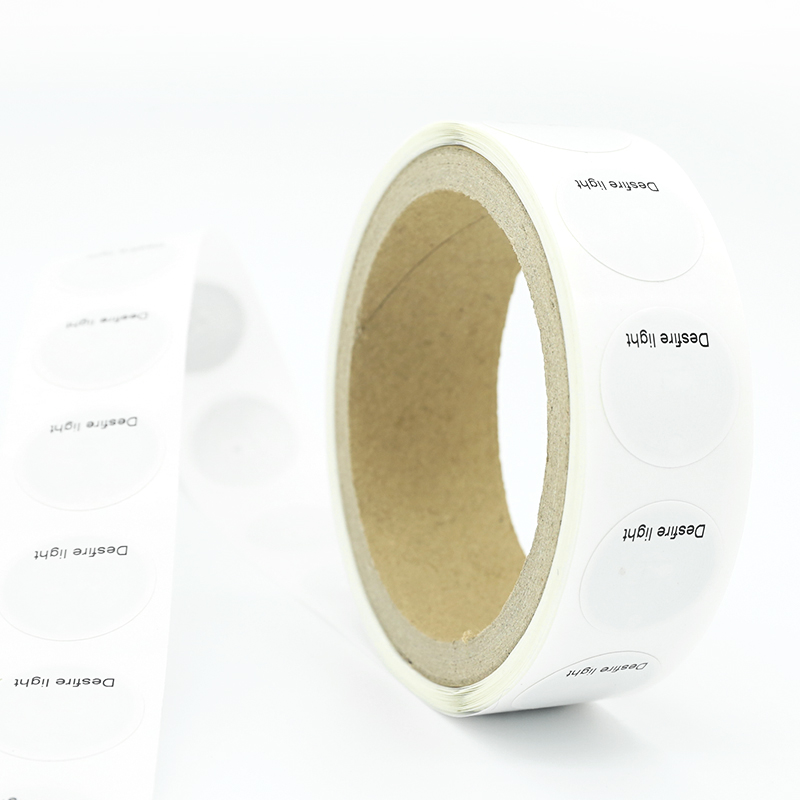
מוכנים למודרניזציה של המלאי שלכם באמצעות RFID?
שדרג את מערכת המלאי שלך עם תגי RFID מותאמים אישית המתאימים לפעילות שלך.
📩 בקש דוגמה חינם או הצעת מחיר מותאמת אישית
📱 או שלחו לנו הודעה ישירות בווטסאפ: +86 138 2318 6864
מיתוג OEM | מחירים סיטונאיים | תמיכה ב-UHF, HF ו-NFC
שאלות נפוצות – תגי RFID בניהול מלאי
כיצד RFID משפר את דיוק המלאי?
תגי RFID נקראים באופן אוטומטי בכמויות גדולות, מה שמבטל את הצורך בסריקה ידנית וטעויות הזנה. הדבר משפר את הדיוק ליותר מ-98% ברוב הסביבות.
האם RFID יכול להחליף את הברקודים לחלוטין?
RFID יכול להחליף או להשלים ברקודים. הוא מציע עיבוד מהיר יותר ואינו דורש קו ראייה. עם זאת, יש לקחת בחשבון את העלות ואת תאימות המערכת.
האם RFID מתאים לעסקים קטנים?
כן. פתרונות RFID הופכים ליותר ויותר נגישים וניתנים להרחבה, עם ספקים רבים המציעים מערכות עם כמות מינימלית להזמנה (MOQ) נמוכה וידידותיות לניסויים.
הערות
מוצרים לוהטים
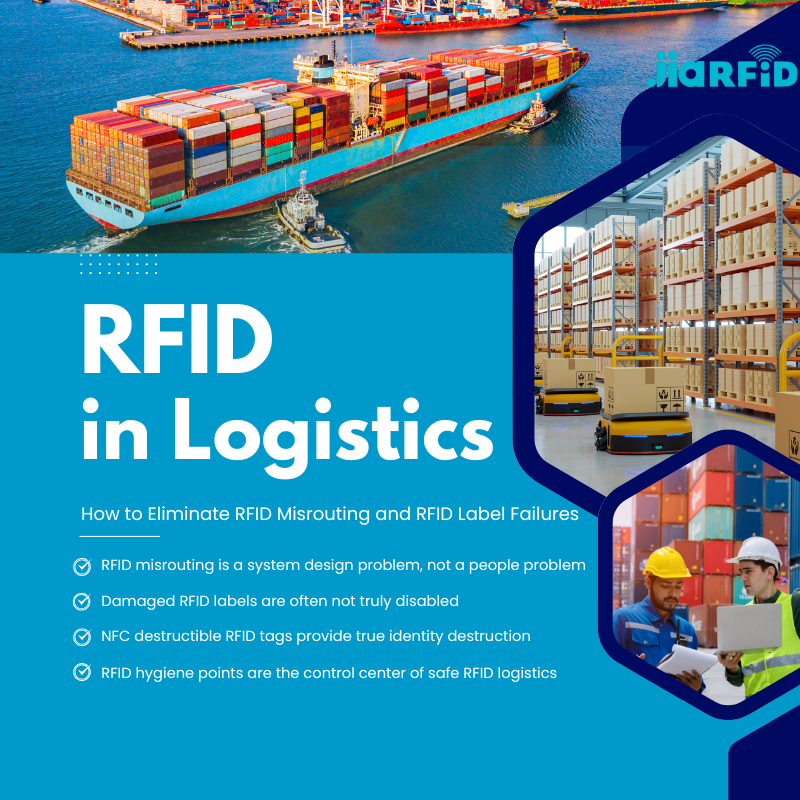
RFID בלוגיסטיקה: כיצד למנוע טעויות ניתוב RFID וכשלים בתוויות RFID
RFID בתחום הלוגיסטיקה הוא יותר מסתם כלי להאצת תהליכים. הוא הפך לחלק מרכזי באופן הפעולה של שרשראות אספקה מודרניות.

מהו ניהול פסולת באמצעות RFID
דמיינו עיר שבה כל פח אשפה מדבר — לא במובן המילולי — אלא באמצעות שבב זעיר שמודיע למערכת מתי הוא מלא, מתי הוא מרוקן ולאן הוא נלקח. זה מה שעושה כיום ניהול פסולת באמצעות RFID.

מהם אטמי בורג ומהן היישומים שלהם? | המדריך המלא
בסחר ולוגיסטיקה גלובליים, אטמי בורג ממלאים תפקיד מכריע בהבטחת אבטחת המטען ותאימותו. מכשירים קטנים אך עוצמתיים אלה נועדו לנעול מכולות משלוח, נגררים ודלתות מטען באמצעות מנגנון המונע חבלה.
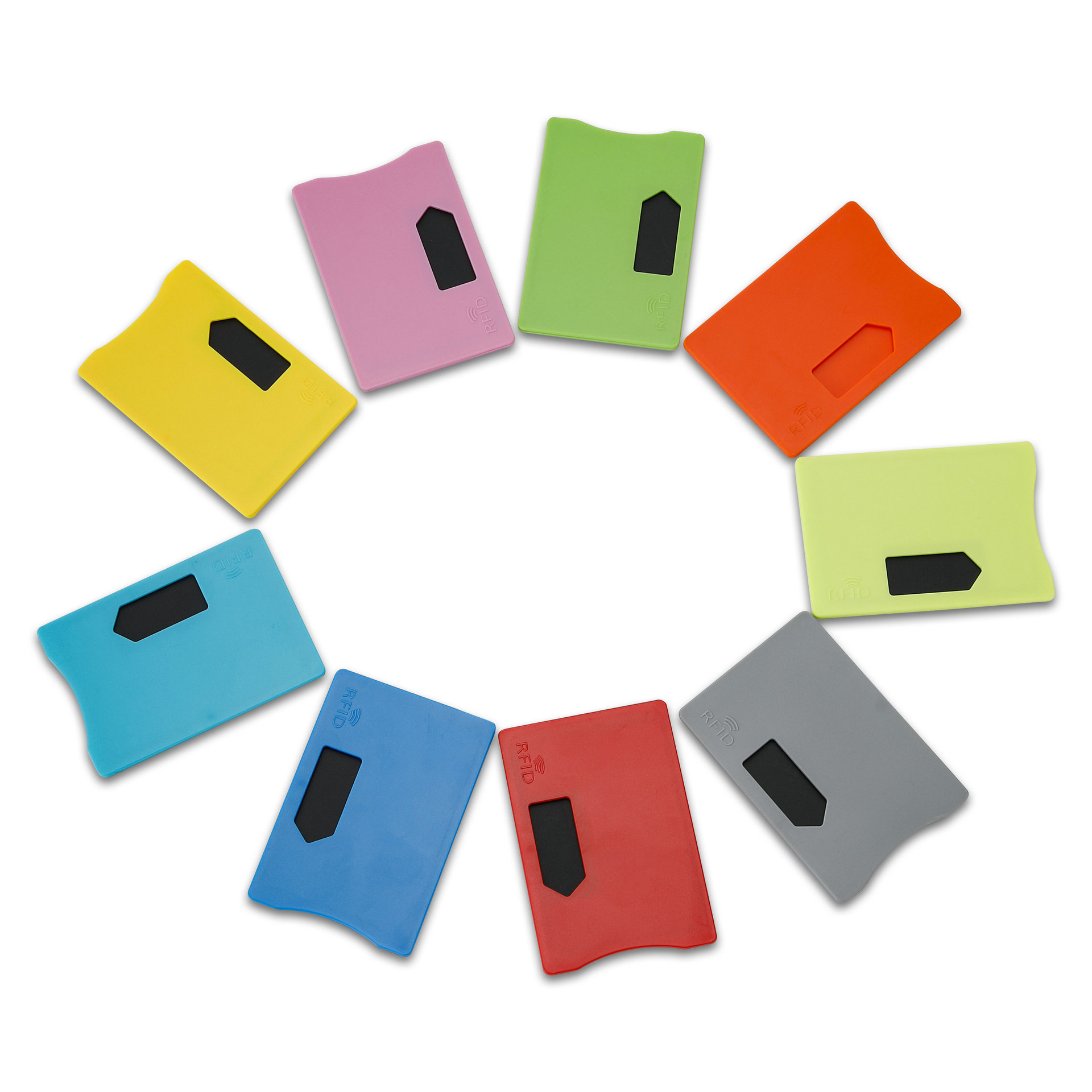
מהו מגן כרטיס RFID? יתרונות, דוגמאות לשימוש ומדריך לקנייה
טכנולוגיית RFID (זיהוי בתדר רדיו) נמצאת בכל מקום: בכרטיסי האשראי, בתגי זיהוי, בכרטיסי נסיעה, במפתחות לחדרי מלון ועוד. היא מציעה מהירות ונוחות, אך היא גם פותחת את הדלת לסוג חדש של גניבה דיגיטלית המכונה “סקים”. כאן נכנס לתמונה מגן כרטיסי RFID.

צמידי RFID לאירועים: מדריך לרכישה בכמויות גדולות למארגנים
צמידי RFID לאירועים הופכים לפתרון המועדף על מארגנים הזקוקים לכניסה מהירה יותר, למניעת הונאות ולתשלומים ללא מזומן בקונצרטים, בפסטיבלים ובאצטדיוני ספורט. בניגוד לכרטיסים מנייר או לקודי QR, צמידים חכמים אלה משתמשים בשבבים מוטמעים כדי לייעל את הגישה, לאבטח את העסקאות ולשפר את חוויית האורחים.
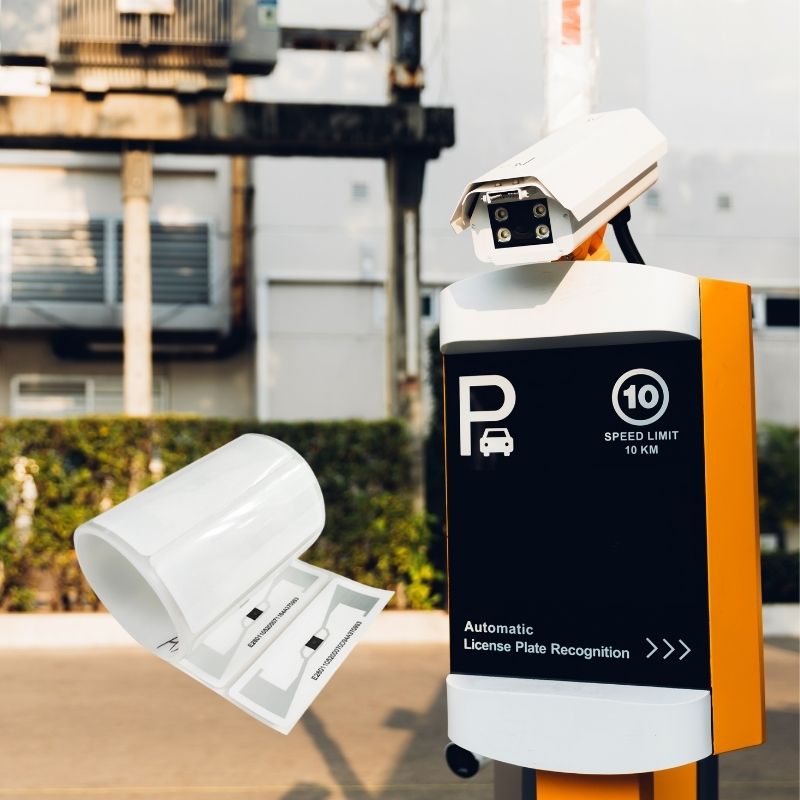
כיצד תג RFID על השמשה הקדמית משפר את בקרת הגישה לרכב ומערכות האגרה
בעולם המהיר של ימינו, זיהוי כלי רכב צריך להיות מהיר, מאובטח וללא מגע. תג RFID על השמשה הקדמית מספק בדיוק את זה — דרך אמינה לנהל גביית אגרה, חניה וגישה לשערים מבלי לעצור את כלי הרכב.
תגים
בלוגים קשורים

RFID בלוגיסטיקה: כיצד למנוע טעויות ניתוב RFID וכשלים בתוויות RFID
RFID בתחום הלוגיסטיקה הוא יותר מסתם כלי להאצת תהליכים. הוא הפך לחלק מרכזי באופן הפעולה של שרשראות אספקה מודרניות.

מהו ניהול פסולת באמצעות RFID
דמיינו עיר שבה כל פח אשפה מדבר — לא במובן המילולי — אלא באמצעות שבב זעיר שמודיע למערכת מתי הוא מלא, מתי הוא מרוקן ולאן הוא נלקח. זה מה שעושה כיום ניהול פסולת באמצעות RFID.

מהם אטמי בורג ומהן היישומים שלהם? | המדריך המלא
בסחר ולוגיסטיקה גלובליים, אטמי בורג ממלאים תפקיד מכריע בהבטחת אבטחת המטען ותאימותו. מכשירים קטנים אך עוצמתיים אלה נועדו לנעול מכולות משלוח, נגררים ודלתות מטען באמצעות מנגנון המונע חבלה.


